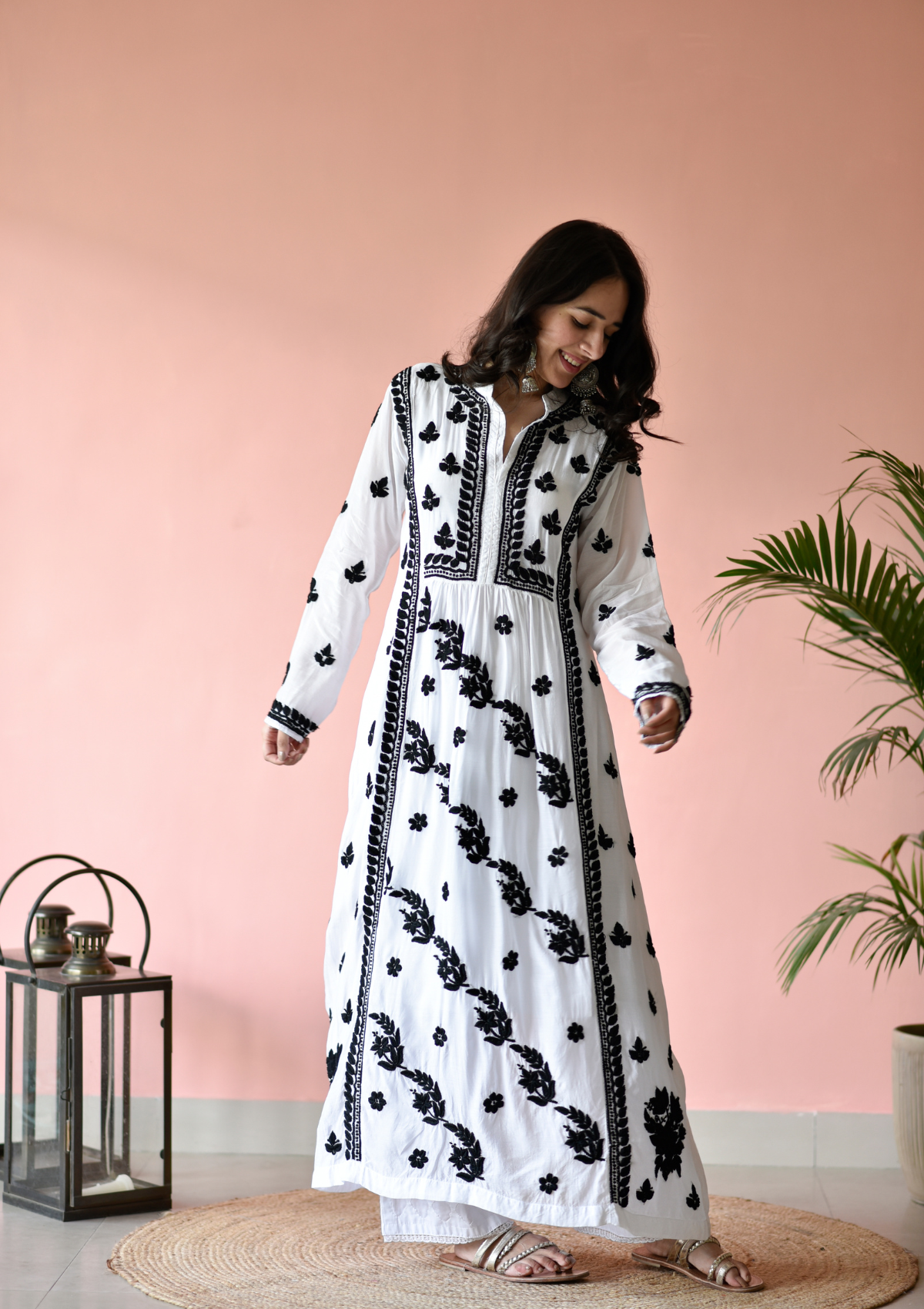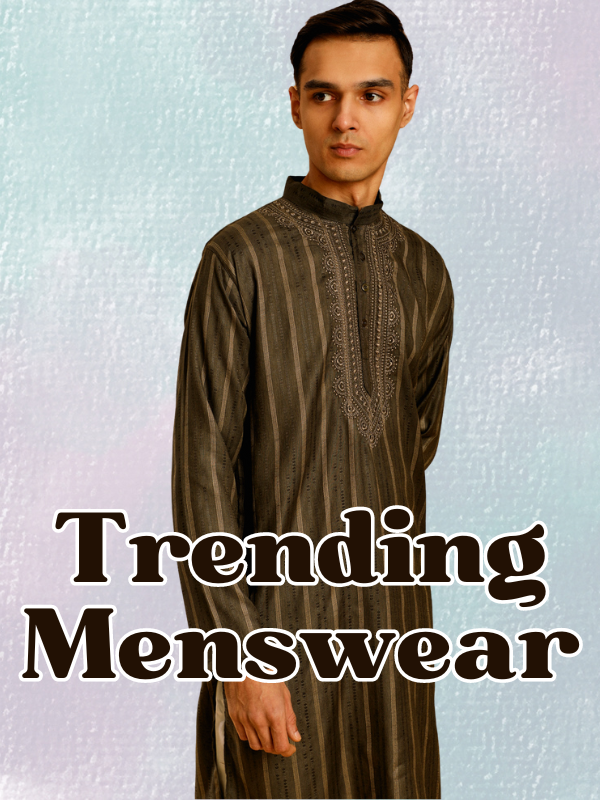4 Facts about Chikankari You Must Know
Chikankari is an intricate and elegant art of embroidery. The embroidery pattern is usually done by a thick white cotton thread on soft cotton fabrics. Light, beautiful and full of culture, Chikankari kurti for women are a must-have.
Origin and History:
Chikankari, also known as shadow work, is a craft style believed to be as old as 3rd Century BC. The art form is believed to be one of the most ancient arts of embroidery, which finds its roots in the City of Nawabs, Lucknow. The word ‘Chikan’ literally translates to embroidery. According to popular belief, Nur Jehan, the Mughal emperor Jahangir's wife, is credited for popularising Chikankari in India. It was brought by Persian nobles who would visit the Mughal courts.
(Source: https://swirlster.ndtv.com/style/8-interesting-facts-about-chikankari-the-traditional-craft-from-lucknow-2230977 )
 Image Source: Sundari Silks
Image Source: Sundari Silks
Stitches:
There are over 30 stitches of Chikankari, which are broadly classified into Raised/Embossed stitch, Flat stitch and Open Trellis. It's a detailed type of embroidery that frequently incorporates motifs from Mughal architectural themes.
- Flat stitch

Image Source: Nazrana Chikan
- Raised/Embossed stitch

Image Source: Flickr
- Open Trellis

Image Source: Pinterest
Process:
Chikankari is a simple two-step process that begins with the desired design being engraved on a wooden block stamp. The design is then block printed on the cloth using age-old indigo dye and safeda dyes, which is then cut into the desired shape and size.
The second step involves setting the cloth in small parts in a frame to do the needlework. The chikan garment might take anything from 20 days to six months to get finished.

Image Source: Dsource

Image Source: bbc
Evolution of the craft:
Chikan work is generally done on lighter fabrics to highlight the embroidery. Cotton, pure Georgette, chiffon, silk and crepe are among the few fabrics that can be used pertaining to their texture making it easier for needles to pierce through. Initially, white thread was used to embroider the fabrics, but over time, coloured threads began to be utilised to keep up with the trends and changing tastes.

Want to know more about Chikankari? Read on!
1. How is Chikankari Embroidery done?
2. The Evolution of Chikankari Embroidery: From Tradition to Trend
1. How is Chikankari Embroidery done?
2. The Evolution of Chikankari Embroidery: From Tradition to Trend










